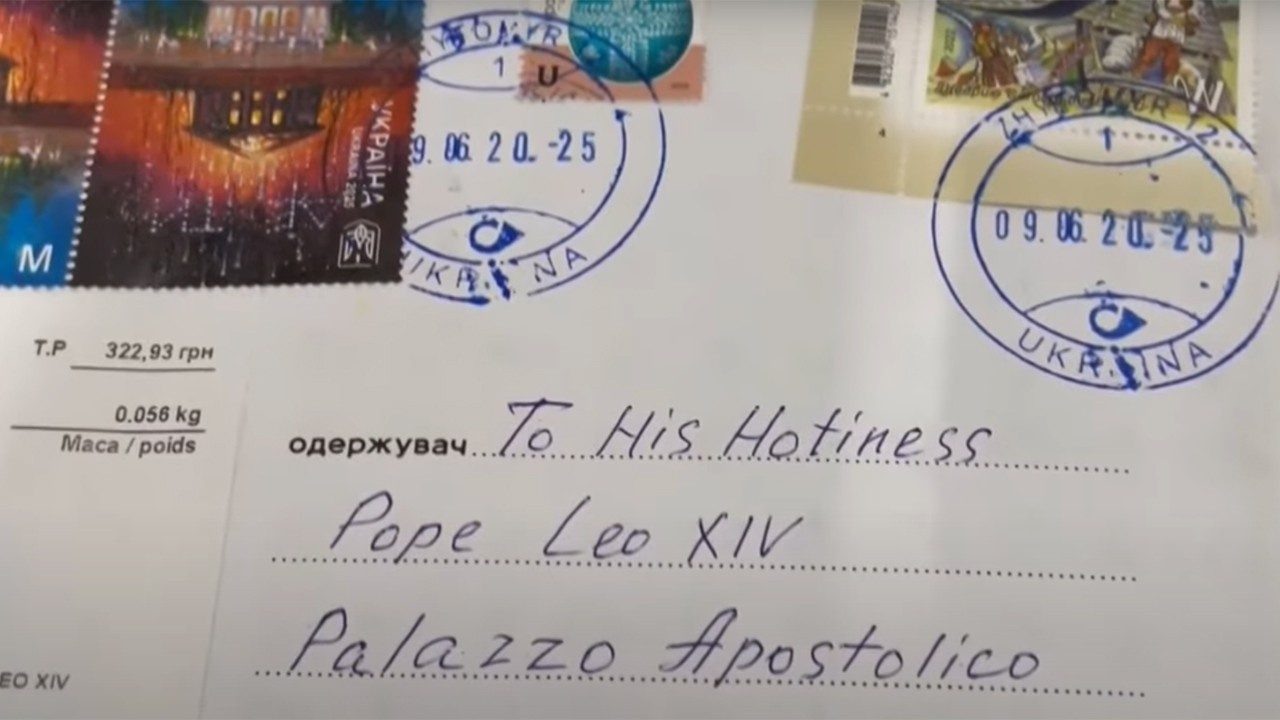(ZENIT News / Rome, 07.11.2025).- In a small but determined ritual repeated each day in Italy, postal workers sort through handwritten envelopes, illustrated postcards, and carefully wrapped packages—all marked with a curious address: simply, “To His Holiness the Pope.”
No street name. No postal code. No country needed.
Yet, somehow, they always arrive.
According to Poste Italiane, Italy’s national postal service, an astonishing 100 kilograms of mail are delivered to the Vatican daily, addressed to Pope Leo XIV. Since his election on May 8, 2025, the influx has become a steady stream of paper prayers, heartfelt confessions, and appeals for guidance. And no matter how vague the sender’s scrawl—“The Pope, Rome” or “Vatican, Italy”—the system finds its way.
Antonello Chidichimo, director of Poste Italiane’s main sorting facility in Fiumicino, just outside Rome, says this has become the norm. “It’s truly global,” he explains. “Today, letters came from the United States, Kosovo, and India. Tomorrow it will be a different trio. There’s no way to pinpoint the most devoted country. They all write.”
After a stop in Fiumicino, each item undergoes security checks before being scanned, weighed, and forwarded to the Vatican’s nearest distribution center. From there, the missives continue their journey into the heart of the world’s smallest state—and into the papal household.
While the mechanics are routine, the meaning is not. Many letters bear the marks of deep emotion. A shaky hand hints at the elderly seeking a final blessing. A drawing of a dove or a sun might reveal a child’s innocence and trust. Others contain questions, thanks, or tears transcribed into ink. For the Vatican mail handlers, the work goes beyond logistics—it’s a ministry of presence.
Though the content remains confidential, the nature of the correspondence is unmistakable: these are not just letters; they are fragments of lives, stitched together by faith and hope. They carry grief, love, longing, and sometimes joy—each sender, anonymous or not, casting their message into a spiritual bottle and sending it toward Rome.
This epistolary phenomenon has existed for centuries, but modern tools—digital tracking, machine sorting, and secure scanning—now serve an ancient instinct: to speak to the Pope, one human to another, without intermediary.

Inside the Vatican, while it’s not possible for Pope Leo XIV to read every word himself, the significance of this global chorus is not lost. It reflects the papacy not only as an office of leadership, but as a listening post for the world.
Whether mailed from a bustling American city or a remote Indian village, each envelope crosses borders not only of geography but of human vulnerability. Poste Italiane knows that, and delivers accordingly—not just to an address, but to a presence.
In the age of algorithms and AI, perhaps it’s fitting that some still choose paper and pen to seek connection. One envelope. One message. One Pope. Every day.
Thank you for reading our content. If you would like to receive ZENIT’s daily e-mail news, you can subscribe for free through this link.

